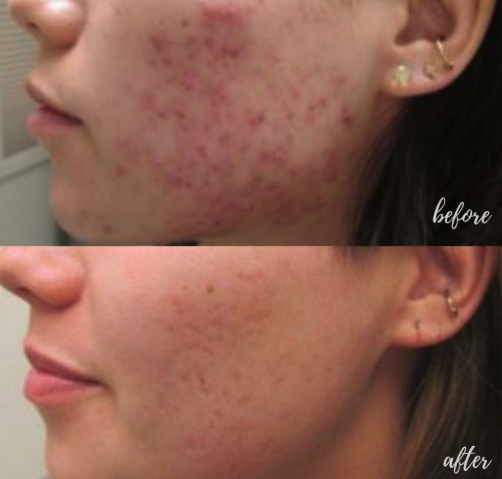Acne scars can feel like a lingering reminder of past breakouts, but they don’t have to define your skin or your confidence. Understanding the types of scars you’re dealing with is a critical first step toward finding effective Acne Scar Treatments. Let’s dive into the different types of acne scars and the best treatments to restore smooth, healthy skin.
Understanding the Types of Acne Scars
When acne heals, it sometimes leaves behind scars that differ in depth, texture, and appearance. Knowing the type of scars you have can make it easier to choose the most effective Acne Scar Treatments for your skin.
1. Atrophic Scars
These scars appear as depressions or indentations in the skin and are the most common type of acne scar. They are categorized into three subtypes:
- Ice Pick Scars: Narrow and deep, these scars resemble small holes. They are challenging to treat because of their depth.
- Boxcar Scars: Broad, box-like depressions with well-defined edges. These scars are often caused by inflammatory acne.
- Rolling Scars: Shallow and wide, rolling scars create a wave-like texture on the skin. They occur when fibrous bands pull the skin downward.
2. Hypertrophic and Keloid Scars
These scars result from excess collagen production during the healing process.
- Hypertrophic Scars: Raised but confined to the original acne site.
- Keloid Scars: Extend beyond the original acne site and are more common in individuals with darker skin tones.
3. Post-Inflammatory Hyperpigmentation (PIH)
Although not a true scar, PIH is a dark spot or discoloration left behind after acne heals. It fades over time but can persist without proper care.
Choosing the Right Acne Scar Treatments
With so many Acne Scar Treatments available, it’s important to match the treatment to the type of scars you have. Here’s a guide to help you navigate your options:
1. Treatments for Atrophic Scars
- Chemical Peels: These treatments involve applying a chemical solution to exfoliate the skin and encourage new skin growth. Best for mild to moderate boxcar or rolling scars.
- Microneedling: This minimally invasive procedure uses tiny needles to stimulate collagen production and improve skin texture, making it effective for rolling scars.
- Laser Resurfacing: Ideal for deeper scars, this treatment removes layers of skin to stimulate new growth. Fractional laser resurfacing is a popular choice for ice pick and boxcar scars.
- Dermal Fillers: For immediate results, fillers can temporarily raise the skin in depressed scars, reducing their appearance.
2. Treatments for Hypertrophic and Keloid Scars
- Corticosteroid Injections: These injections can reduce inflammation and flatten raised scars over time.
- Cryotherapy: Commonly used for smaller keloid scars, this treatment freezes the scar tissue to reduce its size.
- Silicone Sheets or Gels: These products soften and flatten scars when used consistently.
3. Treatments for Post-Inflammatory Hyperpigmentation
- Topical Treatments: Products with ingredients like vitamin C, niacinamide, or hydroquinone can lighten dark spots over time.
- Chemical Peels: Mild peels, such as those containing glycolic or salicylic acid, can help fade discoloration.
- Sunscreen: Preventing further darkening is key, so always protect your skin with broad-spectrum sunscreen.
Achieving smoother, healthier skin is a journey, not an overnight transformation. Consulting a dermatologist, staying consistent with your treatments, and maintaining healthy habits can support your skin’s healing process.
